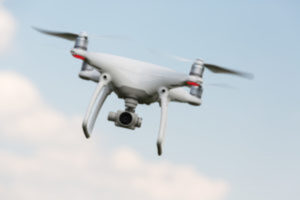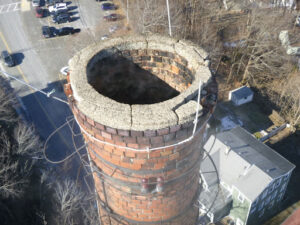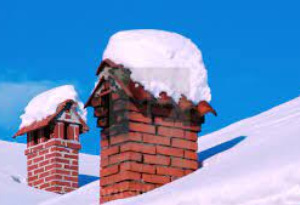How Does a Chimney Drone Inspection Work?
Chimney drone inspections are becoming more and more common as chimney companies and commercial building managers understand the benefits. Beside the obvious signs that your chimney needs to be inspected, building managers should have their chimneys inspected once a year. Drones are now frequently playing a part in these inspections.
Today, we’ll discuss how chimney drone inspections work and their many benefits.
If you are located in the Greater Boston, MA area and need a chimney inspection, our team is here to assist you. We are an all-service chimney company offering everything from commercial and residential inspections to sweeps, repairs, masonry work, installations and more. Click here or call (781) 893-6611 to contact us.
 How Chimney Drone Inspections Work
How Chimney Drone Inspections Work
During a chimney drone inspection, an unmanned aerial vehicle is used to take high quality photos and collect data of difficult to reach or completely inaccessible areas.
The Benefits of Chimney Drone Inspections
Drone inspections have recently exploded in popularity, especially in the commercial space. Here are some of the reasons why many commercial building managers and owners are opting for drone inspections:
Cost Saving
Hiring a chimney company that does drone inspections is less expensive than setting up the extensive scaffolding needed to access many commercial chimneys.
More Efficient
Drone inspections are quick and simple, which saves the time that it would otherwise take to figure out a way for inspectors to gain roof access and manually inspect the chimney. They are often used during property sales, which can make the transaction finalize quickly and avoid roadblocks.
Safer
It is undoubtedly safer for inspectors to use a drone to inspect chimneys than it is to climb onto a roof, especially in cases when the chimney is challenging to access.
 Clearer Communication
Clearer Communication
High quality, photographic evidence of exactly what is going on with a chimney helps the person having the chimney inspected better understand the state of the chimney and avoid any gray areas between the chimney owner and the inspector regarding the state of the chimney and necessary next steps.
Contact Boston’s Best Chimney for Your Next Inspection
Our team has been serving the Greater Boston, MA community since 1989 and we’re ready to help you with your drone inspection. To get in touch with us, click here or call (781) 893-6611.
The post How Does a Chimney Drone Inspection Work? appeared first on Boston's Best Chimney.


 No chimney is complete without a chimney cap
No chimney is complete without a chimney cap
 Chimney Leaks
Chimney Leaks